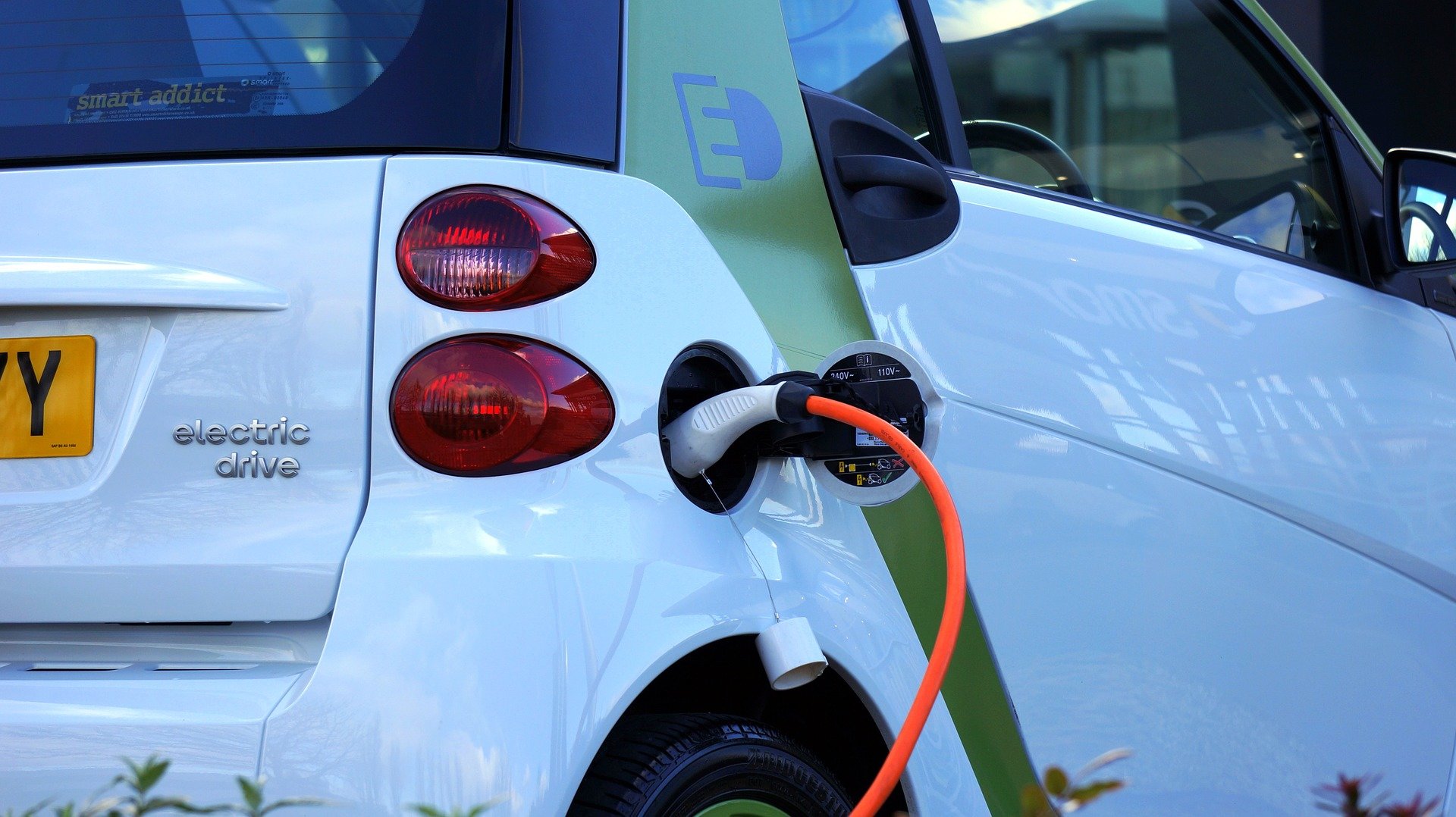
Labor's fuel-efficiency standards may settle the ute dispute—but there are still hazards on the road

Australia looks set to adopt fuel-efficiency standards after the Albanese government on Sunday revealed options for the long-awaited policy. The government says the reform would lead to more cars that are cheaper to run, eventually saving Australians about A$1,000 per vehicle each year.
The announcement comes a decade after the Climate Change Authority first proposed such a standard for Australia. The United States has had such a policy since the 1970s and the European Union implemented mandatory standards in 2009.
The Coalition has already sought to stoke fears among tradies and regional voters by claiming Labor's policy threatens to take utes off the road. Labor's policy is designed to address this concern—but the opposition looks likely to continue this scare campaign.
More generally, history tells us the road to fuel-efficiency reform in Australia is a bumpy one. The Albanese government has hazards to negotiate before its proposal becomes law.
A carbon price, by another name
Labor has outlined three options for a fuel-efficiency target, ranging from weak to aggressive. It describes its preferred middle-ground option as the sensible compromise.
The policy design for each of the options would set a national limit, averaged across all new cars sold, stipulating grams of CO₂ that can be emitted for each kilometer driven. This measure depends on fuel efficiency: that is, the amount of fuel burnt per kilometer. The designs differ in the stringency of the targets, the speed of the changes and the treatment of different vehicle classes.
The limit would not apply to individual cars. Instead, each supplier of new light vehicles to Australia would have to make sure the mix of vehicles does not exceed the limit. Low-efficiency vehicles could still be sold, but car dealers would have to balance this out by selling enough high-efficiency vehicles, such as electric vehicles.
Car suppliers that outperform the targets would earn credits that could be sold to those falling short. This system is similar to Australia's renewable energy target for electricity and the safeguard mechanism for industry pollution.
All three are effectively a carbon price (though the political toxicity of that term means the government would never characterize them as such). Nonetheless, should the fuel-efficiency standards be implemented, Australia would end up with three carbon prices, one for each major energy use.
The government says the preferred option would lead to a saving of 369 million tons of CO₂ by 2050.
What about utes?
One tricky path the policy must navigate is allowing for the supply of both small and large vehicles without further exacerbating the trend towards oversized vehicles on our roads.
The government's preferred option achieves this by allowing higher—but still limited—emissions for heavier vehicles such as utes, vans and SUVs, to account for their natural tendency to use more fuel.
Heavier vehicles are a sticking point in forming vehicle emissions policy in Australia. Who could forget then-prime minister Scott Morrison's 2019 claim Labor's electric vehicle policy would "end the weekend" by banning larger cars used to tow boats and the like.
Following Labor's policy announcement on Sunday, Nationals leader David Littleproud picked up where Morrison left off, saying:
"If you take away particularly utes, they're tools of trade, particularly for people, not just tradies in the cities, but also people in the bush. And if you put a ton on the back of an electric ute at the moment, you don't get far."
Anticipating the Coalition scare campaign, the Labor government's preferred option has been designed with the aim of ensuring a wide range of conventional utes remain on the market.
In the medium term, we can also expect the trend towards larger vehicles to be weakened by measures in Labor's last federal budget to roll back vehicle tax breaks for small and medium businesses. But that change doesn't come into effect until mid-year, which means there may be a rush on larger vehicle purchases until then.
This article is republished from The Conversation under a Creative Commons license. Read the original article.![]()
Citation: Labor's fuel-efficiency standards may settle the ute dispute—but there are still hazards on the road (2024, February 7) retrieved 7 February 2024 from https://techxplore.com/news/2024-02-labor-fuel-efficiency-standards-ute.html
This document is subject to copyright. Apart from any fair dealing for the purpose of private study or research, no part may be reproduced without the written permission. The content is provided for information purposes only.